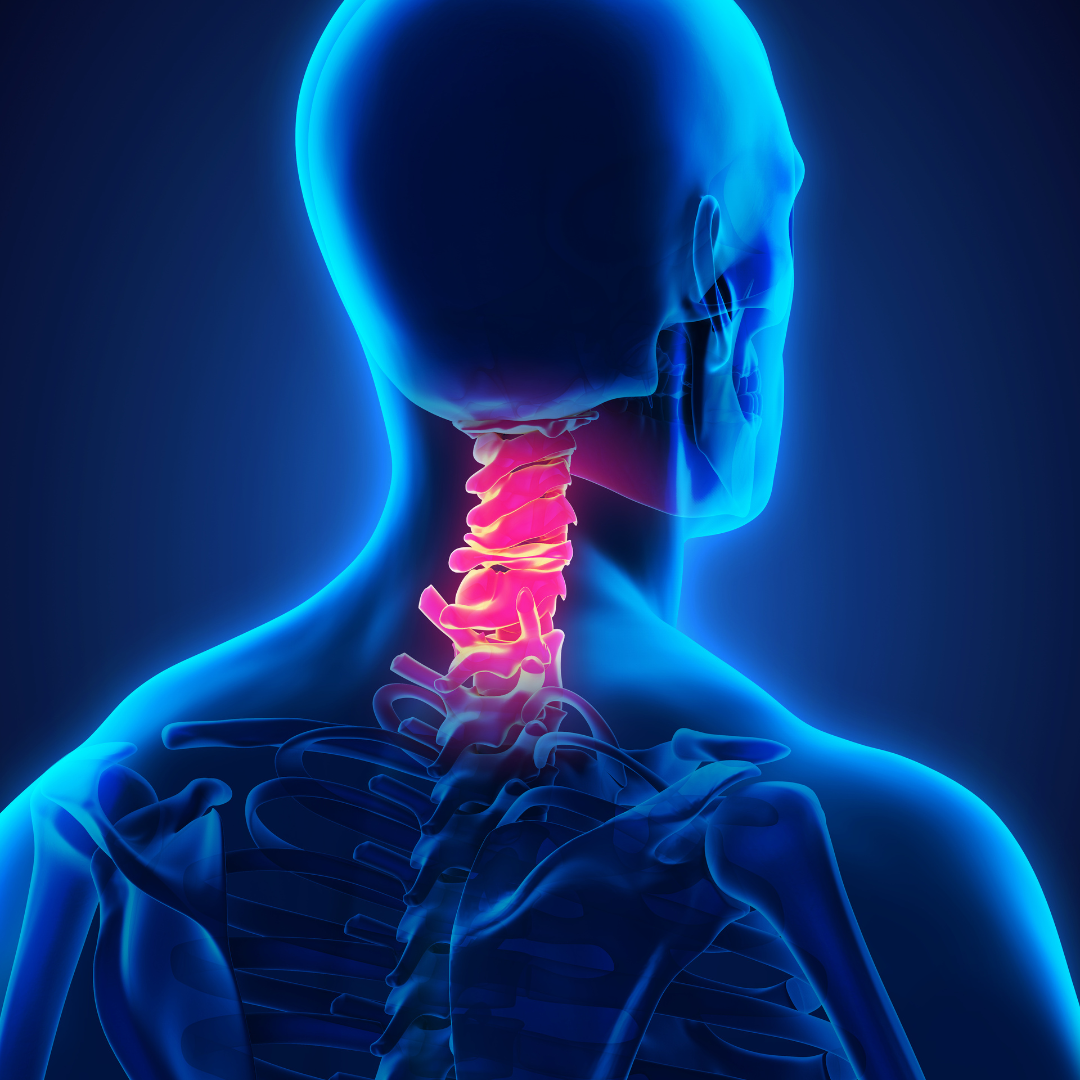If you've been injured in an car accident in Denver, you don't just need a top rated
Denver personal injury attorney. You also need to understand that not all injuries may be immediately apparent after the crash. In some cases, injuries have delayed or hidden symptoms, or victims may initially assume they are uninjured due to adrenaline masking the pain. Regardless of the circumstances, if you discover injuries after some time has passed, you can still seek fair compensation with the help of a
Denver personal injury lawyer.
Common Hidden Injuries
Although every case is unique,
certain types of injuries are more prone to having hidden or delayed symptoms. These injuries include:
- Disk rupture or herniation - Occurs when the soft, gel-like center of a spinal disk pushes through a crack in the tougher exterior casing. This condition can press on spinal nerves, leading to pain, numbness, or weakness in an arm or leg. It often results from wear and tear or a sudden injury.
- Internal bleeding or organ damage - Bleeding inside the body, which can
 be caused by trauma or injury to internal organs. Organ damage involves the injury or dysfunction of organs such as the liver, spleen, kidneys, or intestines. These conditions can be life-threatening and require immediate medical attention.
be caused by trauma or injury to internal organs. Organ damage involves the injury or dysfunction of organs such as the liver, spleen, kidneys, or intestines. These conditions can be life-threatening and require immediate medical attention.
- Spinal cord or traumatic brain injuries (TBI) - Damage to the spinal cord that can result in a loss of function, such as mobility or feeling. It often leads to permanent changes in strength, sensation, and other body functions below the site of the injury. A TBI is a disruption in the normal function of the brain caused by a blow, bump, or jolt to the head or penetrating head injury. Symptoms can range from mild (temporary confusion) to severe (extended periods of unconsciousness or amnesia).
- Bone fractures - A break, crack, or shattering of a bone, often caused by trauma such as falls, accidents, or direct blows. Fractures can vary in severity and type, including simple, compound, comminuted, and stress fractures.
- Soft-tissue injuries - Damage to muscles, ligaments, and tendons. Common examples include sprains, strains, and contusions. These injuries often result from overuse, trauma, or improper movement and can cause pain, swelling, and bruising.
- Whiplash - A neck injury caused by a sudden, forceful back-and-forth
 movement of the neck, typically occurring in rear-end car accidents. Symptoms include neck pain, stiffness, headaches, and sometimes dizziness or blurred vision.
movement of the neck, typically occurring in rear-end car accidents. Symptoms include neck pain, stiffness, headaches, and sometimes dizziness or blurred vision.
- Post-traumatic shock or emotional damage (PTSD) - Also known as acute stress reaction, Post Traumatic Shock is an immediate response to trauma, characterized by feelings of numbness, detachment, and confusion. It can develop into PTSD if symptoms persist. PTSD is a mental health condition triggered by experiencing or witnessing a traumatic event. Symptoms include flashbacks, severe anxiety, nightmares, and uncontrollable thoughts about the event. It can significantly impair daily functioning and requires professional treatment.
It's important to
visit a doctor as soon as possible after an accident. This is to ensure that there are no hidden injuries that you aren't aware of. Having a doctor conduct a full check-up to determine your condition will help to uncover any hidden or delayed injuries you may have.
The Discovery Rule
The courts acknowledge that some injuries may not manifest until hours, days, or even years after an incident. To accommodate this, lawmakers enacted "
The Discovery Rule", which allows the statute of limitations to be tolled, or paused, until the date the injury is discovered or reasonably should have been discovered by the victim. For example, an injury leading to a wrongful death or medical malpractice claim might not be immediately noticeable, such as asbestos-related lung cancer that is diagnosed 15 years after the initial exposure.
In Colorado, the discovery rule determines when a lawsuit must be filed. The time limit is based on when the injury is discovered, not when it occurred.
Proving a Hidden Injury
If you have a hidden injury and want compensation, the insurance company might not agree to pay for it. Protect yourself by politely declining to discuss your injuries with an insurer immediately after an accident. At the scene of the accident, do not tell the police you are uninjured until you have seen a doctor.
Visit a doctor immediately for a checkup and explain what happened. Your doctor will know what types of injuries to look for, such as a hidden brain bleed that may otherwise not become noticeable until hours later, when it could cause serious harm. Request copies of your medical records and documents.
When filing an insurance claim, submit copies of your medical records as proof of your injuries. If you are still within the statute of limitations, you may be eligible for financial compensation. This is true even if you didn't learn about it right away. If you're having trouble getting fair compensation from an insurance company for a hidden injury, call Metier Law Firm for a
free consultation.
Understanding the Statute of Limitations
Victims with hidden injuries are still eligible for financial compensation for medical bills, lost wages, pain and suffering, and other damages in Colorado as long as they file their claims within the state’s statute of limitations. This law imposes a strict time limit on the right to file a claim.
Colorado’s personal injury statute of limitations (
Colo. Rev. Stat. § 13-80-102) requires that cases be commenced within two years after the cause of action accrues. This includes cases like slips and falls.
When automobiles are involved in an accident, Colorado law (Colo. Rev. Stat. 13-80-101(1)(n)) extends the personal injury statute of limitations to three

years from the date of the incident. It's important for anyone injured in a car accident to be aware that several exceptions can alter this three-year timeframe, either extending or shortening the period to file a claim. These exceptions include cases involving Government Entities, Minor Children, Military Duty and Product Liability Claims.
Generally, the clock starts ticking on the date of the accident. However, there is an exception for cases of delayed discovery.
Compassionate Legal Assistance for Delayed Injury Claims
At Metier Law Firm, we understand the stress and confusion that can accompany the discovery of a hidden injury. Our Denver personal injury lawyers are here to assist you during this challenging period. We will work tirelessly to make sure that you receive the justice and compensation that you are entitled to.
If you or a loved one has experienced a hidden injury, don’t hesitate to reach out to us for a free consultation. Let us handle the legal complexities so you can focus on your recovery.
Call us today at (866) 377-3800 or visit our website at
metierlaw.com to learn more about how we can help you, so you can focus on the most important thing - your recovery. Your path to healing starts with a simple call.



 be caused by trauma or injury to internal organs. Organ damage involves the injury or dysfunction of organs such as the liver, spleen, kidneys, or intestines. These conditions can be life-threatening and require immediate medical attention.
be caused by trauma or injury to internal organs. Organ damage involves the injury or dysfunction of organs such as the liver, spleen, kidneys, or intestines. These conditions can be life-threatening and require immediate medical attention. movement of the neck, typically occurring in rear-end car accidents. Symptoms include neck pain, stiffness, headaches, and sometimes dizziness or blurred vision.
movement of the neck, typically occurring in rear-end car accidents. Symptoms include neck pain, stiffness, headaches, and sometimes dizziness or blurred vision. years from the date of the incident. It's important for anyone injured in a car accident to be aware that several exceptions can alter this three-year timeframe, either extending or shortening the period to file a claim. These exceptions include cases involving Government Entities, Minor Children, Military Duty and Product Liability Claims.
years from the date of the incident. It's important for anyone injured in a car accident to be aware that several exceptions can alter this three-year timeframe, either extending or shortening the period to file a claim. These exceptions include cases involving Government Entities, Minor Children, Military Duty and Product Liability Claims. 
